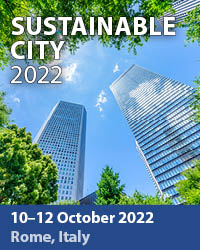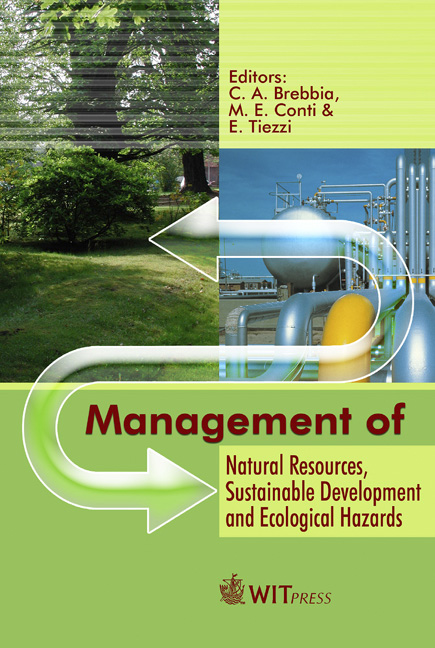Adaptable Versus Lightweight Design Of Transitory Dwellings
Price
Free (open access)
Transaction
Volume
99
Pages
9
Published
2006
Size
2,184 kb
Paper DOI
10.2495/RAV060331
Copyright
WIT Press
Author(s)
W. Debacker, C. Henrotay, W. P. de Wilde & H. Hendrickx
Abstract
Optimisation of structures and materials is a justifiably popular engineering topic. Contemporary research is concentrated, among other things, into cost minimisation, structural efficiency and intelligence, in compliance with environmental and social preservation. This paper puts the accent on the time dependent aspect of constructions, such as the life cycle cost, the possibility to make (non-) structural changes and recycle or reuse of building materials. In search of an optimisation of this ‘dynamic’ efficiency of constructions, a design strategy has been developed at the Vrije Universiteit Brussel (dept. MeMC & ARCH). A logical question arises: can both types of optimization coexist? The answer is given through a realistic case study: transitory dwellings. Keywords: adaptable, reuse, lightweight, optimization, transitory dwelling. 1 Introduction A typical Western dwelling has an average life span of about a hundred years; a period which even the best futurologist won’t burn his fingers on [1]. During this lapse of time households and habitats can change radically and repeatedly. Technical and social revolutions have already modified the meaning and the shape of the dwelling in the past decades. Which unforeseen defining moments shall housing deal with in the coming years? Nowadays designers are faced, more than ever before, with the difficult task of giving form to dwellings for a period during which the composition of the
Keywords
adaptable, reuse, lightweight, optimization, transitory dwelling.





